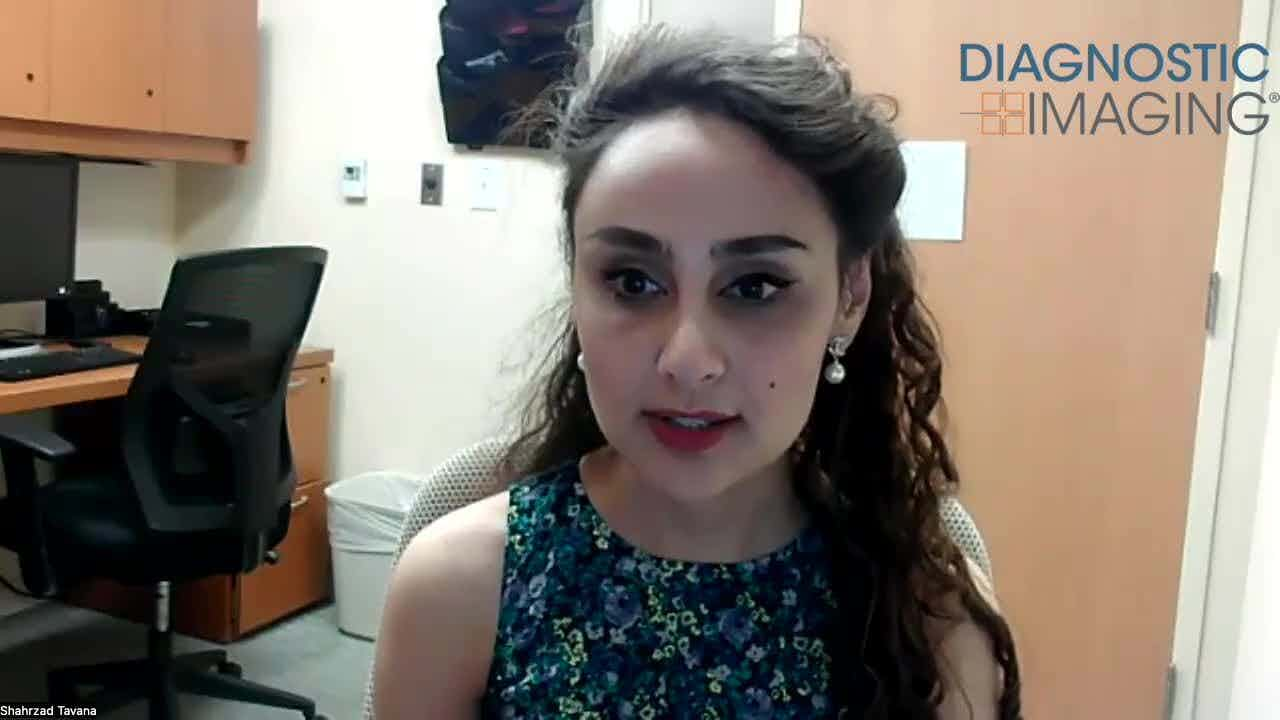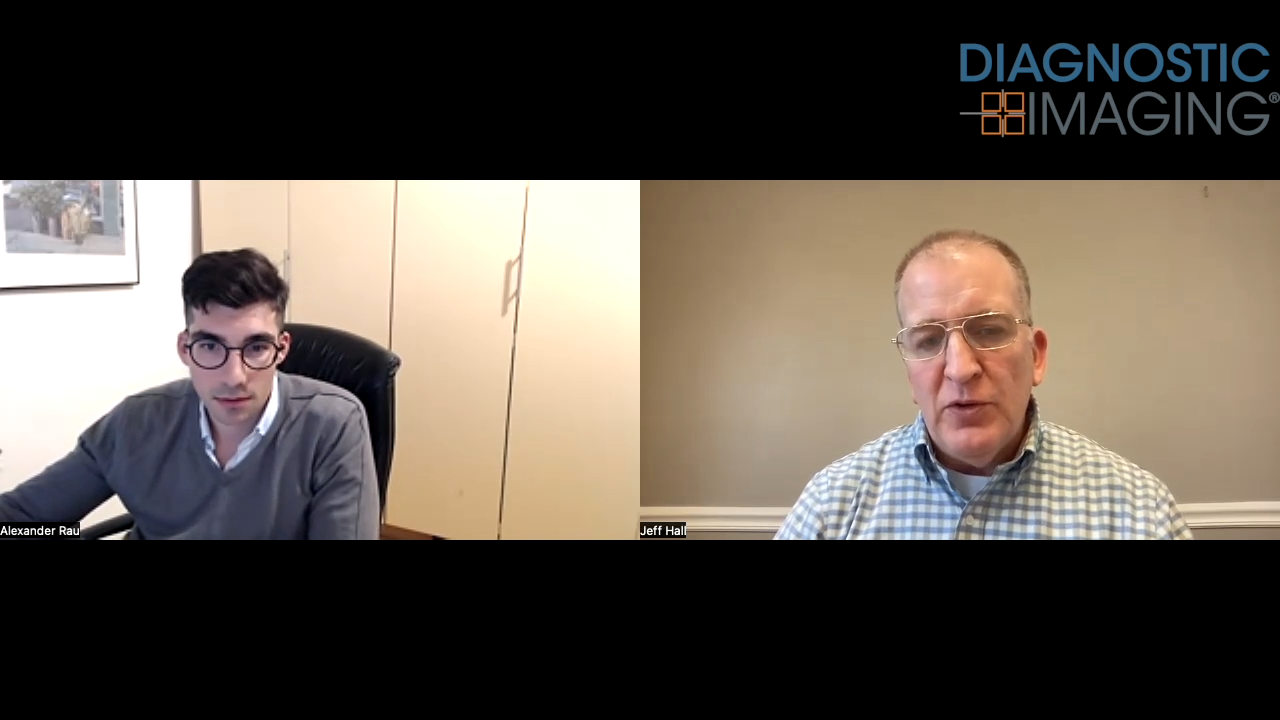MRI Helps Detect Spinal Infection from Contaminated Injections
Contrast-enhanced MR imaging can find undiagnosed infection at the site of contaminated spinal injections.
Contrast-enhanced MR imaging helped detect infection at the site where contaminated medications were injected, according to a study published in JAMA.
A 2012 outbreak of meningitis was caused by contaminated methylprednisolone that was injected into the spines of patients experiencing back pain. However, many more patients developed localized spinal and paraspinal infections, also from the contaminated supply, long after the patients received the actual injections. The patients’ presenting back pain often masked the development of the infections, however.
To determine if such infections were present, researchers from St. Joseph Mercy Hospital in Ann Arbor, Mich., performed contrast-enhanced MRIs on 172 patients who had received an injection of methylprednisolone that came from the contaminated lot. The patients had not sought medical help for problems related to the injection. The screenings took place between November 2012 and April 2013.
The results showed that 21 percent (36 patients) had an abnormality in their MRI. Seventeen patients met the CDC case definition for probable fungal spinal or paraspinal infection and 18 for confirmed infection. One patient did not meet the criteria. The other 35 patients were treated with antifungal agents and 24 required surgical intervention.
The researchers wrote that performing a contrast-enhanced MRI of the injection site among patients with persistent back pain should be a proactive approach for those who received injections from the contaminated lot. “Magnetic resonance imaging may detect infection earlier in some patients,” the authors said, “leading to more efficacious medical and surgical treatment, and improved outcomes.”
Can Abbreviated MRI Have an Impact in Rectal Cancer Staging?
April 4th 2025Abbreviated MRI demonstrated a 95.3 percent specificity for rectal cancer and provided strong agreement with the full MRI protocol for T staging and detection of extramural venous invasion, according to newly published research.
Can Photon-Counting CT be an Alternative to MRI for Assessing Liver Fat Fraction?
March 21st 2025Photon-counting CT fat fraction evaluation offered a maximum sensitivity of 81 percent for detecting steatosis and had a 91 percent ICC agreement with MRI proton density fat fraction assessment, according to new prospective research.










